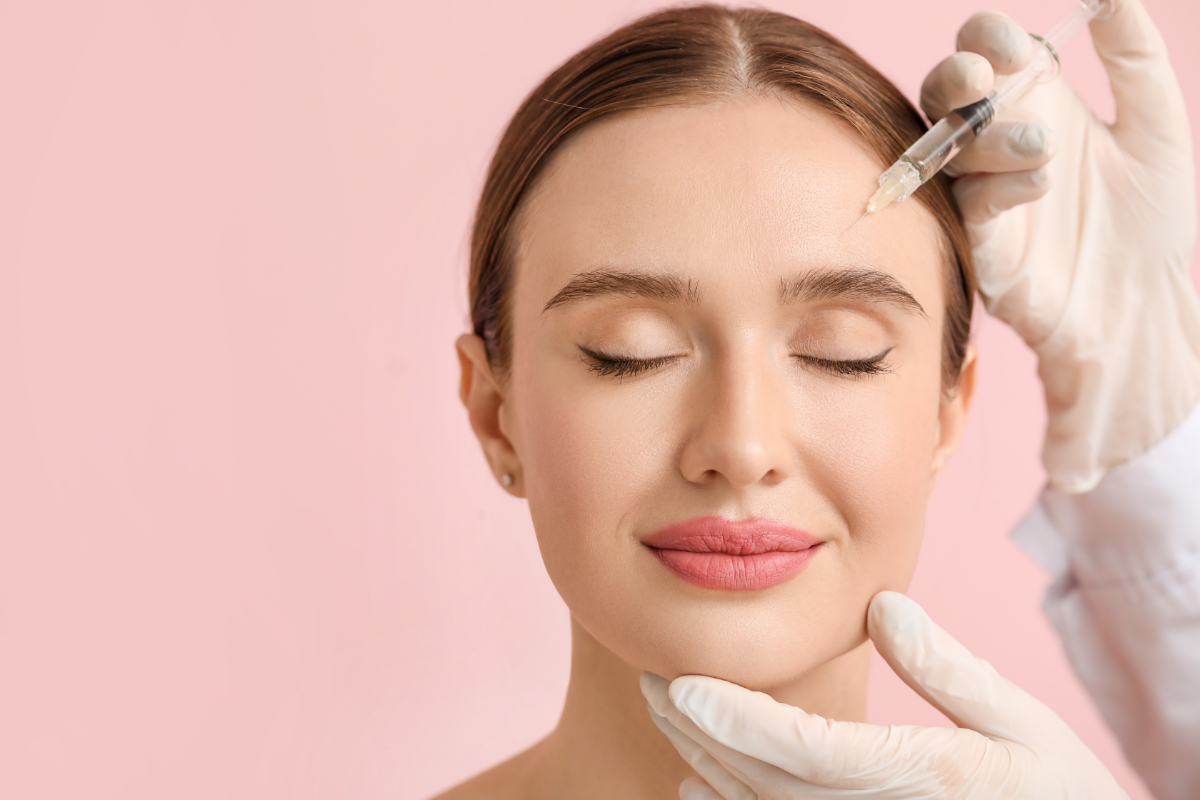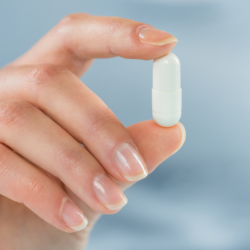Botox has become an essential reference in the field of aesthetic medicine for its effectiveness in reducing expression lines. However, due to growing concerns about its toxicity and side effects, more and more people are looking for non-invasive alternatives. This article looks at the solutions available, focusing on the latest discoveries in peptidomimetics and plant extracts that mimic the effects of Botox, without the risks associated with injections.
Wrinkles are a natural sign of ageing, but their early appearance is often linked to environmental factors and repeated muscular contractions of the face. While Botox works by temporarily paralysing these muscles, its neurotoxic effect and possible complications mean that many patients seek topical solutions. Fortunately, research has led to the discovery of several alternatives, including peptides and plant extracts that reproduce the effects of Botox in a gentler, safer way.
How does Botox work?
Botulinum toxin, also known as Botox, is a powerful neurotoxicant produced by the bacterium Clostridium botulinum. It works by blocking the release of acetylcholine, a neurotransmitter essential for muscle contraction. By inhibiting this release, the toxin causes temporary muscle paralysis, helping to reduce the appearance of expression lines, particularly around the eyes and forehead.
However, the toxin is also one of the most toxic substances known, leading to concerns about its frequent use for cosmetic purposes. As a result, the cosmetics industry has turned to alternatives that mimic this effect without resorting to invasive injections.
Peptidomimetics: synthetic alternatives to Botox
Peptidomimetics are synthetic peptides designed to mimic the effect of Botox by topically inhibiting muscle contraction. These peptides act primarily on calcium channels and neurotransmitters to reduce wrinkles safely and effectively.
Acetyl Hexapeptide-3 (Argireline®)
Acetyl Hexapeptide-3, marketed under the name Argireline®, was one of the first Botox-like peptides developed. It works by mimicking the SNAP-25 fragment, a protein essential for the release of acetylcholine. By interfering with the SNARE complex, this peptide prevents the release of this neurotransmitter, thereby reducing muscle contractions.
Clinical studies have shown a reduction in wrinkle depth of up to 27% after 30 days’ daily use of a cream containing 10% Argireline®. These results are comparable to those obtained with Botox injections, but without the risks associated with an invasive procedure.
Inyline® peptide
Inyline® peptide, another synthetic peptide, acts on the post-synaptic agrin/MuSK pathway to block muscle contraction. This peptide inhibits the formation of the agrin/MuSK complex, which is essential for the organisation of the neuromuscular junction.
In vivo studies carried out on 20 women aged between 41 and 50 showed a 14.9% reduction in the depth of wrinkles after 28 days of twice-daily application of a cream containing 5% Inyline®. This effect was particularly visible on expression lines such as crow’s feet.
Snap 8
Snap 8 is an improved version of Argireline®, also designed to inhibit the formation of the SNARE complex. Studies have shown that a cream containing 10% Snap 8 can reduce the depth of wrinkles around the eyes by 63% in 28 days. This peptide is often heralded as the next generation of Botox alternatives, with fast and long-lasting results.
Neurocosmetics and biomimetic peptides
Neurocosmetics are cosmetic ingredients that target interactions between the skin and the nervous system. These biomimetic peptides are used to inhibit muscle contractions on the skin’s surface, providing anti-wrinkle effects similar to Botox.
Calmosensin™ is a synthetic peptide that mimics the effect of Botox by stimulating the release of pro-endorphins, the skin’s natural relaxing messengers. This mechanism relieves muscle tension and prevents the formation of expression lines.
In addition to its Botox-like effects, Calmosensine™ improves the skin barrier, promotes skin elasticity, and shows anti-glycation activity, contributing to better skin firmness and hydration.
BONT-L Peptide Solution, another Botox-like peptide, inactivates the SNAP-25 protein to prevent the release of acetylcholine in the synapse. A clinical study carried out on 15 volunteers showed a 38% reduction in micro-relief in the periocular area after 28 days’ use of a 5% cream.
What are the natural alternatives to Botox?
| Ingredient | Origin | Mechanism | Clinical Results |
|---|---|---|---|
| Stoechiol | Lavandula Stoechas (Butterfly Lavender) oil | Relaxes facial muscles and restructures the epidermis | Reduction of crow’s feet wrinkles in 7 days (0.25%-1%) |
| Myoxinol™ | Hibiscus Esculentus | Inhibits facial muscle contractions and prevents nasolabial wrinkles | 26% reduction in nasolabial wrinkles in 3 weeks (1%) |
| Gatuline Expression | Acmella oleracea | Reduces subcutaneous muscle contractions | Reduces skin roughness by 16% in 20 days (2%) |
Sources
- Neurocosmetics in Skincare-The Fascinating World of Skin-Brain Connection: A Review to Explore Ingredients, Commercial Products for Skin Aging, and Cosmetic Regulation






Thank you for this content. It is really useful and educative. I love it!
Thank you for your feedback! We’re glad you found this article useful and informative. Feel free to check out our other articles for more insights.
Elodie